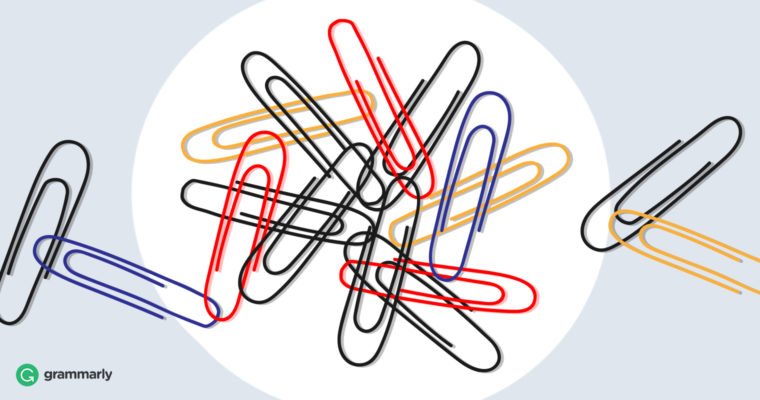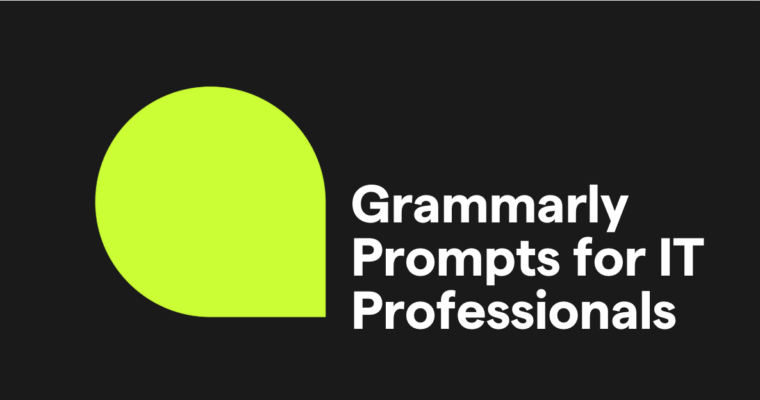
When I was new to the job market and mailing out résumés (although I’m dating myself, I’ll admit that this was well before the days of email), I sent my carefully crafted cover letters with a note that read:
Enclosed please find my résumé.
One such mailing resulted in an interview. There I was in the wood-paneled office of an immaculately groomed lawyer. While I waited anxiously in an oversized leather wingback chair, he sat at his desk clicking his pen top and scanning my résumé and cover letter. He looked up suddenly and grinned, pointing at the letter. “I love it when people write ‘Enclosed please find my résumé.’ I didn’t even know your résumé was lost!”
It was an embarrassing moment. I’d mimicked the business letter style I’d been taught in high school typing class, not to mention every other business letter I’d seen or received. But this interviewer pointed out just how inane and stuffy business-speak can be. I never used enclosed please find again.
These days, we’re more likely to want to call attention to attachments than items included with a mailed letter, but people still use please find attached all the time. Is this business writing holdover necessary?
Is there any reason to use please find attached?
Nope! There’s no need for this phrase. And there are several great reasons to dump it.
For starters, it sounds stuffy and old-fashioned. Even in formal correspondence, your goal should be to communicate in a straightforward, conversational way, free of wordiness or jargon. Please find attached is wordy jargon at its worst. It’s also a bit redundant to say that something is attached and then direct the recipient to please find it.
Another oddity with attached please find is that it’s a command when it doesn’t need to be. The popular English language blog, Separated by a Common Language, puts it this way:
There’s no need to boss around the other person to go about finding things, since the sentence is just communicating “I have attached a document for you”. In fact, it would be just plain weird to put this into another request form like
Could you please find the document attached? or I would be very grateful if you would find the document attached. This underscores that please find attached is not much of a request at all. It is instead a set phrase in imperative form that does a not-very-requesty job.
Is “please find attached” essential legal language?
Attached please find reads like legalese, so you might wonder whether it’s necessary in a legal document. Writing expert Bryan Garner says no.
You see canned phrases like
enclosed please find and as per all the time in letters. They’re high-sounding but low-performing. Your letters will be much clearer and more engaging without them.
Is please find attached grammatically correct?
Technically, there’s nothing wrong with saying something like “Please find the attached document.” Although find can mean to come upon something by searching for it (hence the smart-alec lawyer’s assertion that my résumé must be lost), find also means to recognize or discover that something is present. Because you want your recipient to discover what you’ve attached, please find works.
But, for the reasons I just gave you above, you’re still better off avoiding it.
What are some alternatives to please find attached?
It’s easy to avoid this phrase. Just use direct language and drop the business lingo. Here are a few alternatives:
- I’ve attached [item].
- Please have a look at the attached [item].
- The [item] you asked for is attached.
- Please refer to the attached [item] for more details.
- The attached [item] includes . . .
Attachment etiquette 101
There are a few etiquette guidelines to follow when using attachments.
1 Give a heads-up before sending an attachment if it’s unexpected.
Giving your recipient notice when you send an attachment is good form. Attachment-transmitted viruses have made us wary of opening those we don’t expect. (If your work involves sending attachments back and forth regularly, this probably isn’t necessary.)
2 Call attention to attachments.
Let your recipient know the attachment is there. People often miss them, so a little notification (via the alternative phrases suggested above) will help you avoid confusion.
3 If you mention an attachment, don’t forget it!
We’ve all done this. (I call it “attachmentitis.”) If you mention an attachment in your email, don’t forget to actually attach it. If you do forget, and catch your mistake only after you’ve hit Send, a quick reply to the thread saying “Here’s the attachment. Sorry about that!” should do the trick.
4 Don’t attach huge files.
Not only do email clients have file size limits, but large files can take a long time to download, especially on mobile. (You don’t want to eat up your recipient’s mobile data allotment, do you?) If you have a large file to transfer, use a service like Dropbox or send it via a link to an online document, like Google Docs.






